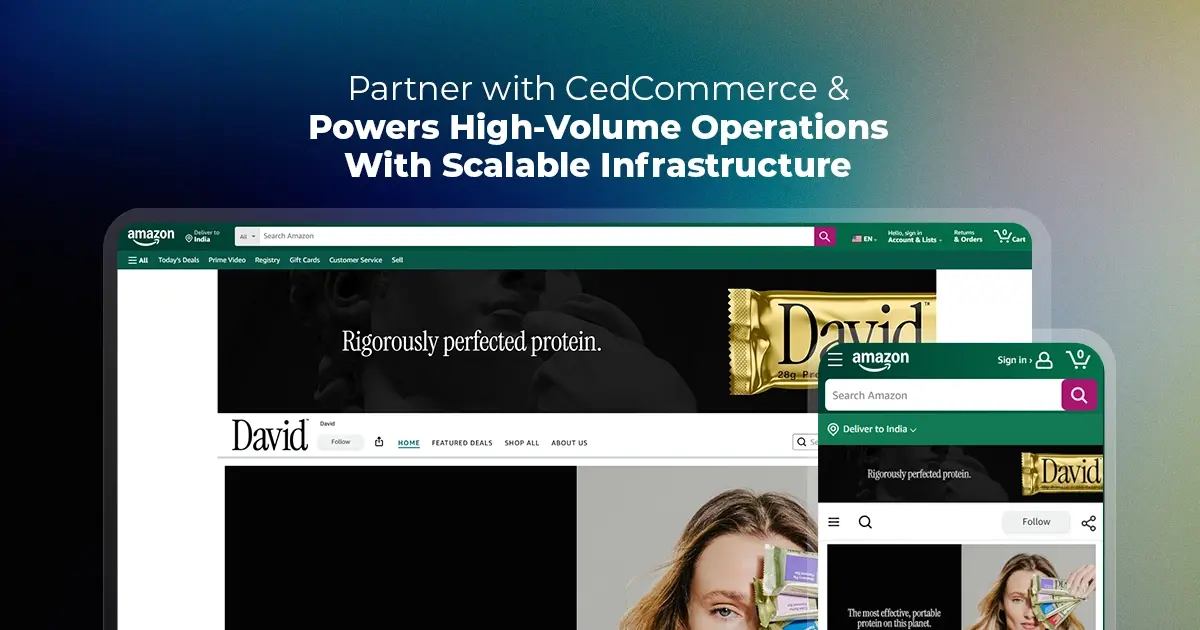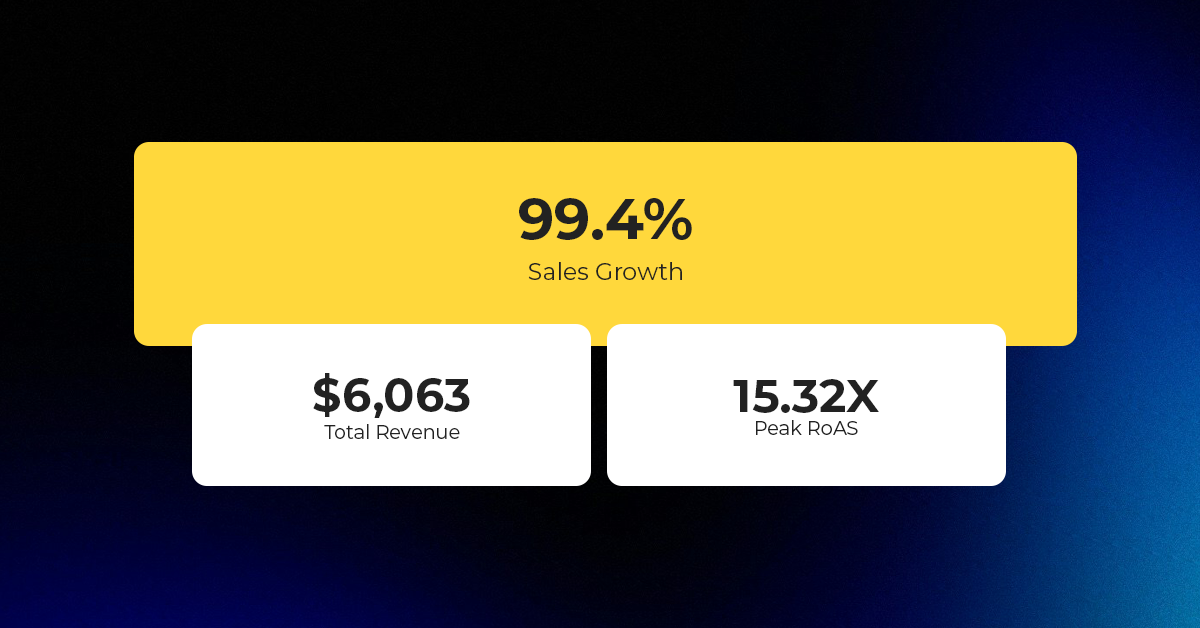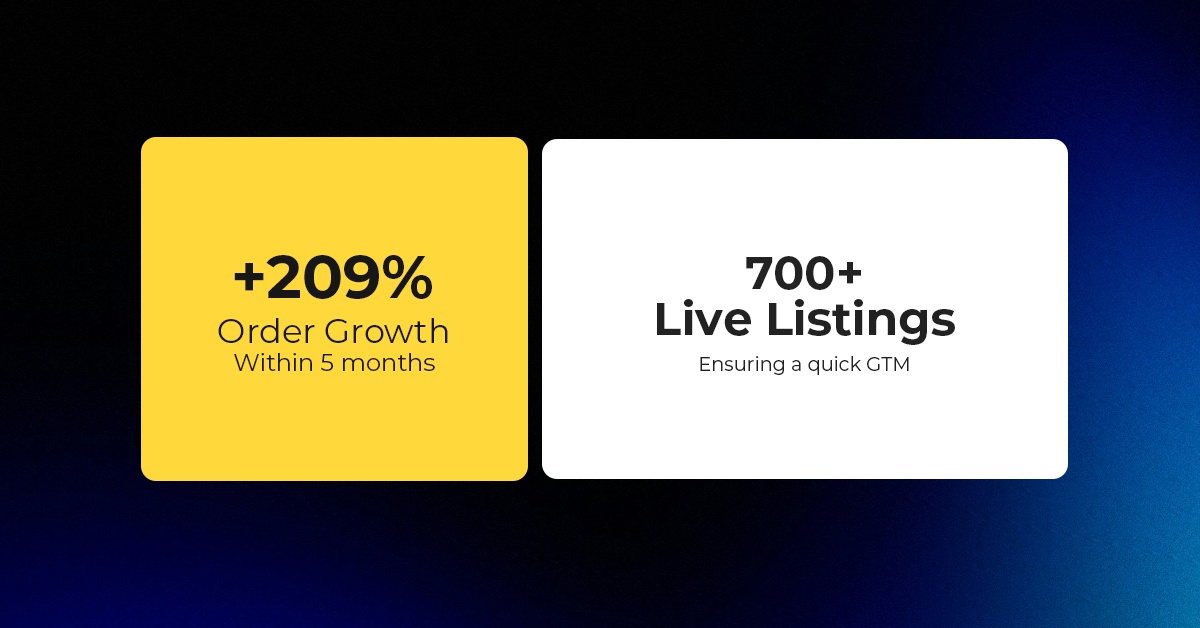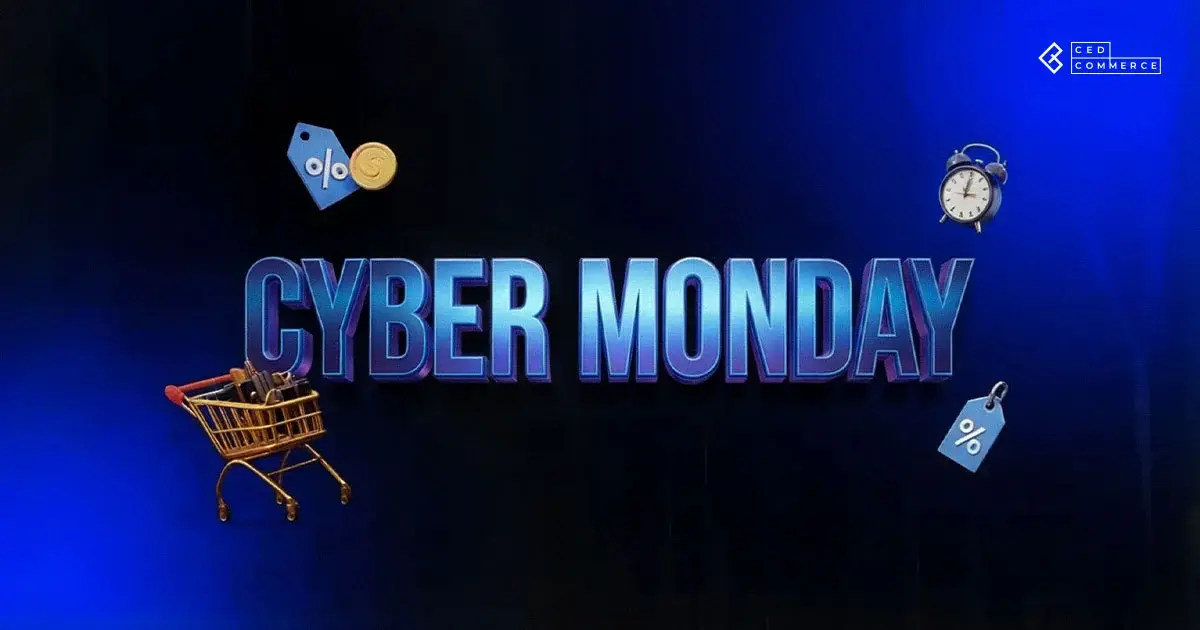Centralized Catalog, Faster Publishing: 40ParkLane’s Marketplace Success with CedCommerce
Reading Time: 4 minutesAbout the Brand: 40ParkLane LLC Studio40ParkLane is a design-led print-on-demand brand created…
Unlike the past 2 years, Amazon Holiday Season 2022 is no longer clouded by the pandemic and global lockdowns. Which instantly improves your chances if you decide to sell on Amazon this Holiday Season 2022. All you need is a plan in advance to stay on the top of your game with intelligent inventory and order management. Explore this ultimate holiday Season 2022 guide to know about important dates, tips, and strategies to make the most of the holiday season 2022. Also, find out about a suitable Amazon Shopify integration for the Holiday season.
August onwards, the frenzy of logistics and sales begins with little time to jump from one festival to another and come up with dramatic changes. So before you get into all that, start by marking your calendars. So the first thing you need to manage selling on Amazon from the Shopify store this Holiday Season is to have a calendar set beforehand.
For years, celebrations of Holidays have nicely infused eCommerce sales. People know about them, expect great deals, have specific products in mind that they intend to buy on particular holidays, and love the ease with which they can shop for holidays from the comforts of their homes. So it is unsurprising that more than 50% of annual sales occur in the fourth quarter. More important than any of these facts is that only last year, over 93% of the shoppers in the US confessed that they plan to shop for gifts and other essentials on Amazon in preparation for the holidays.
Why is the Holiday Season 2022 so important for Amazon Sellers? The answer is simple. It is the first year post-pandemic when pretty much all parts of the world have successfully opened up for business. Logistics barriers, supply chains, and other connected challenges are completely out of the picture.
Owning a Shopify- Amazon multi-channel business, if done right, can bring you hefty profits. Some of the tips that can help you through the planning process and at the time of the peak Holiday season are
If you manage a multi-channel Shopify Amazon business alone, you simply put yourself through avoidable pain. Partner with an experienced third-party solution provider who can simplify multi-channel sales operations on a single platform offer inventory and order management, synchronization and centralization of your critical data, and more. Amazon by CedCommerce is one of the most popular and in-demand Shopify Sales Channel apps that offers all the above features and a few more.
Make the most of your multi-channel Amazon Shopify business this year during the Holiday Season.
Before you get too busy with the season rush and onslaught of orders, start by appropriately managing your catalog. Thoroughly analyze your listings and their variations to put them in proper categories and subcategories. Additionally, ensure all variations and their identifying attributes are updated along with correct ASINs.
Get your inventory organized and ensure it arrives at Amazon warehouses within the time constraints. Refer to the dates below:
|
Holiday |
Inventory Send-In Date |
|
Holiday Shopping Season 2022, October 1- January 1 |
Sep 3, 2022 |
|
Halloween |
Sep 3, 2022 |
|
BFCM |
Oct 21, 2022 |
|
Valentine’s Day |
Dec 27, 2022 |
When you plan your inventories, start by analyzing which products are in demand and the bestsellers, then which ones do you need to market heavily. The products that were hit last year are likely to perform well this year once again. Thus, refer back to the stats of the previous year.
Of course, there are certain exclusivities to this as some best performers of the previous years might not be as effective if they were temporary trends.
While those non-seasonal trends might not work for this year, you can just as easily discover trends that people are crazy about this year. Then perform the SWOT analysis to determine which products need which form of marketing and the degree of aggressiveness, budgets, and campaigns. Based on the analysis, decide the inventory count you want to hold.
Connect with your suppliers to understand their bandwidth and negotiate profitable deals. Sometimes, Suppliers offer discounts and other liberties to early birds. Beforehand plan the contingencies with them in case of unexpected delays or roadblocks that can break your performance.
Additionally, straighten things with your shipment service provider if it is FBM that you are interested in. In the case of FBA, you already have the best deal, which yields the most hassle-free results. Nonetheless, both FBA and FBM bring the issue of ever-changing policies. Considering that, experts offer two pieces of advice. The first is to have a backup fulfillment partner, and the second is to always keep yourself updated on the policies. With a nimble and flexible plan, you can immediately update your operations if a policy changes.
Your stocks and sales all depend on the initial funds you can acquire. Consider some unavoidable payments you make to your suppliers, subscriptions, and solution providers. Logistics is expensive, and order processing also reserves a portion of your funds. Make sure you cover all avenues and decide if your in-hand resources are sufficient or not.
Elevate all of your campaigns with powerful Content well-infused with SEO to yield the best results. The whole game is about targeting the right audience, which then makes the conversion an effortless task. Right Keywords are your weapons. Research thoroughly to find keywords most relevant to your products that have shown significant value in the past few months. The keywords that displayed excellent results in a few sales during the Q2-Q3 also work for holidays in the Q4. Keeping your budgets significantly high during peak events has been extremely effective in almost all cases. Therefore if you run a campaign with a high budget, you need it to give expected returns. Thus, the significance of the right SEO strategy is immediately apparent here.
Selling on Amazon is procedural. There are several things to consider, including policies and constraints. Amidst all this, there are tools that can elevate your operations offered by Amazon. Discover some of the Amazon tools to sell better on Amazon from the Shopify store this Holiday season:
Register your brand on Amazon to protect, build and grow your brand on platforms beyond Amazon. Brand Registry also allows you to leverage A+ Content, Build Amazon stores, Brand Analytics, and more.
Utilize rich images, videos, and infographics to best showcase your products to your customers. Let them see, connect, and feel what they will experience with this product.
Leverage Ads that can show your name to your customers enough times before the Holiday Season even peaks so that they know where they can get their preferred products from.
There is nothing that brings you better recognition than your personal brand representation on Amazon in the form of Amazon Stores. This tool allows you to build a multi-page microsite-like structure where you can independently showcase your brand without external influence.
Amazon’s Demand-side Platform functions by deeply targeting the Customer’s journey funnel. The program is divided into a bottom-funnel strategy and an upper-funnel strategy. The classification signifies if you want to address the audience in the Awareness stage or drive sales. Amazon analyses and divides the customers based on whether or not they have engaged with a category yet. Then the customers are targeted depending on the stage of the journey they belong to. This strategy aids you in advertising and remarketing strategies alike.
Be heard. This reduces the communication gap between your audience and your brand. Utilize influencers to talk about your brand, preferably in a holiday-themed session on YouTube, Instagram, Amazon Live, or other platforms.
Amazon’s Influencer program has been significantly successful in helping customers make decisions about products they would like to get inspired for or see in real pictures to judge.
The most important element of soothing your troubles is getting help. Consider employing an Amazon Shopify Integration for Holiday Season sales. The Amazon by CedCommerce is a one-stop solution for sellers looking for easy, fast, no-fuss selling from a single space without an intermediate platform to deal with. With the app, enjoy optimal multi-channel selling, focusing more on profits while saving a ton of time. Automated Inventory Management and Order Management are designed to allow operations to occur in one spot with minimal manual effort. Leverage unique high in-demand features that will help you stand above your competition:

Reading Time: 4 minutesAbout the Brand: 40ParkLane LLC Studio40ParkLane is a design-led print-on-demand brand created…

Reading Time: 3 minutesAbout the Company Brand Name: David Protein Industry: Health & Nutrition (Protein…

Reading Time: 3 minutesOnline retail spending in Germany is entering a renewed growth phase after…

Reading Time: 4 minutesTikTok Shop has released a comprehensive Beauty and Personal Care Products Policy,…

Reading Time: 4 minutesTikTok Shop has formally outlined comprehensive requirements for expiration date labeling and…

Reading Time: 3 minutesTikTok Shop is raising its sales commission for merchants across five active…

Reading Time: 11 minutesBy now you have seen your BFCM 2025 numbers. The harder question…

Reading Time: 3 minutesAbout the Brand Name: Vanity Slabs Inc Industry: Trading Slabs- Vanity Slabs…

Reading Time: 2 minutesAbout the Brand Name: Ramjet.com Industry: Automotive Parts & Accessories Location: United…

Reading Time: 2 minutesAmazon is rolling out strategic referral fee reductions across five major European…

Reading Time: 4 minutesQuick Summary: Scaling Lifestyle Powersports on eBay with CedCommerce Challenge: Zero marketplace…

Reading Time: 4 minutesTikTok has surpassed 460 million users across Southeast Asia, reinforcing its position…

Reading Time: 3 minuteseBay has released its final seller news update for 2025, with a…

Reading Time: 3 minutesAmazon has clarified its stance regarding speculation around a potential breakup between…

Reading Time: 4 minutesWalmart is accelerating its push into next-generation fulfillment by expanding its drone…

Reading Time: 4 minutesFaire, the fast-growing wholesale marketplace connecting independent retailers with emerging brands, has…

Reading Time: 4 minutesB2B buying in the United States is undergoing a fundamental behavioral shift…

Reading Time: 3 minutesSummary Cyber Monday 2025 has officially become the largest online shopping day…

Reading Time: 2 minutesSummary Amazon kicked off December with two major developments shaping the future…

Reading Time: 2 minutesSummary Walmart has entered December with two major moves that signal a…